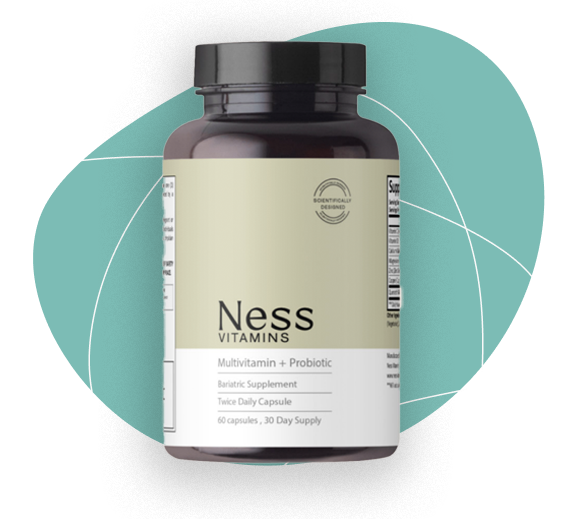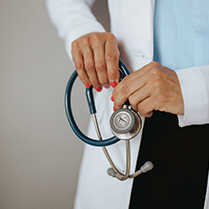
The gastric bypass diet is very particular, with your bariatric care team having specific protocols for how you need to eat at various stages post-operatively. The gastric sleeve and gastric bypass diets are pretty similar in concept, so feel free to use this as a guide for either surgery. The gastric bypass diet phases consist of a liquid diet 0 to 2 weeks, pureed soft foods 2 to 4 weeks, soft foods 1 to 3 months, solid foods 4+ months.
Gastric Bypass Diet: Immediately After
Within the first three days after your procedure, you will be on a clear liquid diet. It is important to drink lots of water during this time to prevent dehydration and help with the healing process.
After your gastric bypass, your stomach will be smaller, and therefore you will feel full very quickly—even on liquids. So we will coach you on how many times you should be drinking to ensure you maintain hydration. It is important to take lots of sips throughout the day to avoid dehydration and a feeling of extreme fullness.
Gastric Bypass Diet: Week 1 to Week 2
After the first three days post-op, you will transition to a more robust liquid diet that consists of water, Crystal Light, unsweetened tea with some Splenda, Powerade Zero, and other low sugar drinks. We will also want you to begin incorporating protein shakes into your gastric bypass diet during this time. This is a high-protein, low-calorie way of adding some nutrition and substance to your diet to curb hunger and help with the healing process.
Gastric Bypass Diet: Week 2 to Week 4
At this phase in the gastric bypass diet, patients can begin eating blender/pureed foods such as thicker soups that are a puree consistency. We also recommend thin oatmeals, grits, some apple sauce (just watch out for carb content).
Yet, the key to the first few weeks of the gastric bypass diet remains hydration. You will feel so much better after your procedure if you are properly hydrated.
Gastric Bypass Diet: Month 1 to Month 3
About four weeks after your procedure, you will come back into the office for a post-op evaluation. The bariatric care team will evaluate your weight loss and advance your diet to soft foods during this time. Some soft-food options include soft, flaky fish and some tender cuts of meat. We recommend you eat foods cooked in a slow cooker rather than food that has been fried or grilled.
Gastric Bypass Diet: Month 4+
We will schedule another visit with the patient at about the three to four-month mark post-op. By this time, you will begin transitioning to a "regular" diet—just one that is healthier and consists of smaller portions.
Long-term, the gastric bypass diet will consist of real food centered around protein and vegetables. We ask patients to avoid carbs during the first six months after their procedure. Patients who are a year out from their gastric bypass should stick to about 50 grams of carbs a day and, more importantly, less than 15 tsp of sugar.
A macro breakdown on the long-term gastric bypass diet will look something like 35% protein, 45% fat, 20% carbs. If you eat 1,000 calories, your macros will be 88g protein, 50g fat, 50g carbs.

Dietary Goals after Gastric Bypass Surgery
The dietary goal for gastric bypass patients includes about 800 to 1,200 calories in a day. Of course, there is flexibility if the patient is working out excessively in the gym. The protein goal we would recommend is 60 to 80 grams of protein a day. Usually, one of those protein sources will come from a protein shake between 20 and 30 grams of protein a day.
Vitamins and Supplements
We highly suggest taking vitamin D and calcium supplements three times a day. We also recommend taking bariatric multivitamins.
Portion Control
Regarding what your plate should look like, it should be mostly protein, some veggies, and a few carbs. Most health sites will tell you to follow the 50/25/25 rule, meaning divide your portions by having 50% of your meal be vegetables, 25% be protein, and 25% be starchy vegetables or carbohydrates. However, after gastric bypass surgery, we recommend following a 60/40 rule, covering your plate with about 60% protein and 40% green vegetables.












